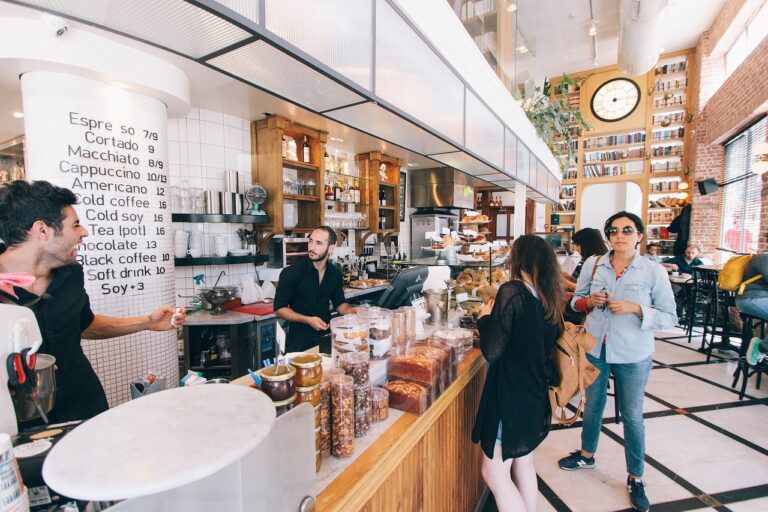The Impact of COVID-19 on Shopping Behaviors: Trends in E-Commerce and Brick-and-Mortar Stores
The ongoing COVID-19 pandemic has significantly altered consumer shopping behaviors worldwide. One key factor influencing these changes is the increased emphasis on health and safety precautions. Consumers are prioritizing safety when making purchasing decisions, leading to a surge in demand for contactless payment methods and online shopping options.
Moreover, the restrictions and lockdowns implemented during the pandemic have limited physical store visits, prompting a shift towards online shopping. The convenience, ease of access, and wider range of products available online have attracted consumers towards e-commerce platforms. This shift is reshaping the retail landscape and accelerating the digital transformation of the shopping experience.
Emergence of Contactless Payment Methods in Retail
The COVID-19 pandemic has significantly accelerated the shift towards contactless payment methods in retail. With concerns over physical contact and the potential spread of germs, consumers are increasingly opting for safer and more hygienic payment options. Contactless payments, whether through mobile wallets, cards, or wearables, offer a convenient and secure way to complete transactions without the need to handle cash or touch keypads.
Retailers are swiftly embracing this trend by upgrading their point-of-sale systems to accommodate contactless payments. The seamless and efficient nature of contactless transactions not only improves the overall shopping experience for customers but also streamlines the checkout process for businesses. As a result, we are witnessing a widespread adoption of contactless payment methods across various retail sectors, signaling a permanent change in consumer payment preferences.
Shift Towards Online Shopping and the Rise of E-Commerce Platforms
The global pandemic has accelerated the already growing trend of online shopping, pushing many consumers to opt for the convenience and safety of e-commerce platforms. With restrictions on in-person shopping and concerns over health and safety, more people are turning to online retailers to meet their needs. This shift towards online shopping has led to a significant increase in the number of e-commerce transactions and the overall digital shopping experience.
E-commerce platforms have been quick to adapt to the changing consumer landscape, providing innovative solutions such as virtual shopping experiences, personalized recommendations, and seamless payment options. These platforms have also expanded their product offerings to cater to a wider range of customer preferences, driving further growth in online sales. As consumers become more comfortable with the convenience and efficiency of shopping online, the rise of e-commerce platforms is expected to continue shaping the future of retail in a post-pandemic world.
• E-commerce platforms offer virtual shopping experiences
• Personalized recommendations enhance the online shopping experience
• Seamless payment options make transactions easier
• Expanded product offerings cater to diverse customer preferences
• The convenience and efficiency of online shopping are driving further growth in e-commerce sales
What are the key factors influencing changes in shopping behaviors during COVID-19?
The key factors include concerns about health and safety, government-imposed restrictions on physical retail stores, and the convenience of online shopping.
How have contactless payment methods impacted retail during the pandemic?
Contactless payment methods have become more popular due to their convenience and hygienic benefits, allowing for a safer shopping experience for both customers and retailers.
Why has there been a shift towards online shopping and the rise of e-commerce platforms?
The shift towards online shopping has been driven by the need for social distancing, the closure of physical stores, and the convenience of shopping from the comfort of one’s home. E-commerce platforms have seen a surge in demand as a result.







